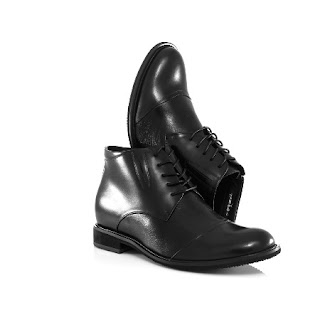What instruments make up a string quartet band and how do they work together?

A string quartet comprises of four instruments. These are two violins, a viola and a cello. The two most important parts of a string quartet are the top solo line and the accompanying bass, which are the 1st violin and cello parts. The two inner parts that allow for greater harmonies, are the 2nd violin and viola parts. We always recommend hiring a complete string quartet, as it allows for the fullest and richest harmonies. Most songs are written for a full string quartet, which means that trios and duos will be reductions, and as a result, will be missing harmonies and some moving parts.
All our recordings on our website are of our string quartet. For those who are more budget conscious, we offer trio and duo options. A string duo consists of two instruments - a violin and a cello, whilst a string trio consists of three instruments - two violins and a cello. The range of music that a duo can perform is limited, so a violin and cello duo would be best for short bookings and only specific classical music songs would work as a duo. We'd recommend hiring a string duo for no longer than a 1 hour booking. A string trio is a better option to the duo, as it includes the 2nd violin part, which allows for an extra harmonic layer.

Violins are the smallest out of the three instruments, and as a result, the sound produced is the highest pitch. Violins are played on the shoulder, with strings G, D, A and E. The viola is also played on the shoulder, but it is larger. As a result, the sound is lower pitched than the violin, with strings C, G, D and A. On the violin, the G is the lowest string, and on the viola, the C is the lowest string. The strings that are shared on the violin and viola are G, D and A. They are the same pitch on the viola and violin. While the viola has an extra C string on the bottom for lower notes, the violin has an extra E string on the top, allowing for higher notes. The cellos is the largest of the three fore-mentioned instruments, and is held between the cellist's legs. The strings on the cello are the same as the viola (C, G, D and A) but because of the longer length of the strings and larger area inside the instrument for resonance, it is pitched an octave lower.
Though a string quartet consists of two violins, a viola and cello, there is another instruments which can be added to make a string quintet. This is the double bass. The double bass is much larger than the cello, and so the double bassist often either stands or sits on a high stool to play the instrument. The double bass has the same strings as the violin, but in the opposite order (instead of G, D, A, E going upwards in pitch, they are E, A, D, G). As a result, the strings on the double bass are a 4th interval apartment, rather than a 5th apart, as is on the violin, viola and cello.
We usually perform acoustically as a string quartet, string trio or string duo, however many of our clients have organised amplification to allow our sound to travel further. This can simply be done with microphones on stands setup near our instruments. Alternatively, we can also increase the size of the string band by having extra musicians per part. For example, hiring eight musicians would allow two musicians per part. That would comprise of 2 x 1st violins, 2 x 2nd violins, 2 x violas and 2 x cellos. This will add much more sound and a more impressive look. It effectively changes the small ensemble to become a small orchestra.


Comments
Post a Comment